The Kartarpur Corridor isn’t just a visa-free gateway between India and Pakistan; it’s an emotional journey for Sikhs and history buffs alike. Whether you’re planning this pilgrimage to seek blessings at Gurdwara Darbar Sahib or just marvel at the seamless crossing, you’ll need to clear a few official hurdles first. But don’t worry—we’re breaking it down for you in the best way possible.
But First, A Peek into the History
Kartarpur holds a deeply revered place in Sikh history as the final abode of Guru Nanak Dev, the founder of Sikhism. Established in 1504 on the banks of the Ravi River, this serene town became home to Guru Nanak’s spiritual teachings, where he spent the last 18 years of his life preaching unity, equality, and devotion. It was here that he cultivated the first Sikh community, emphasizing the principles of selfless service and honest living. The Gurdwara Darbar Sahib, built at the site of his passing, stands as one of the holiest shrines in Sikhism, drawing devotees from around the world.
Following the Partition of India in 1947, Kartarpur ended up just a few kilometers inside Pakistan’s territory, making it inaccessible to Indian Sikh pilgrims without a lengthy visa process. For decades, devotees could only glimpse the sacred shrine from across the border using binoculars at the Darshan Point in India. The long-awaited Kartarpur Corridor, inaugurated in November 2019, finally bridged this divide, allowing visa-free access for Indian pilgrims to visit the gurdwara with just a permit. This historic initiative symbolizes a rare moment of diplomatic cooperation, enabling thousands to reconnect with their spiritual heritage while offering a unique, seamless cross-border experience.
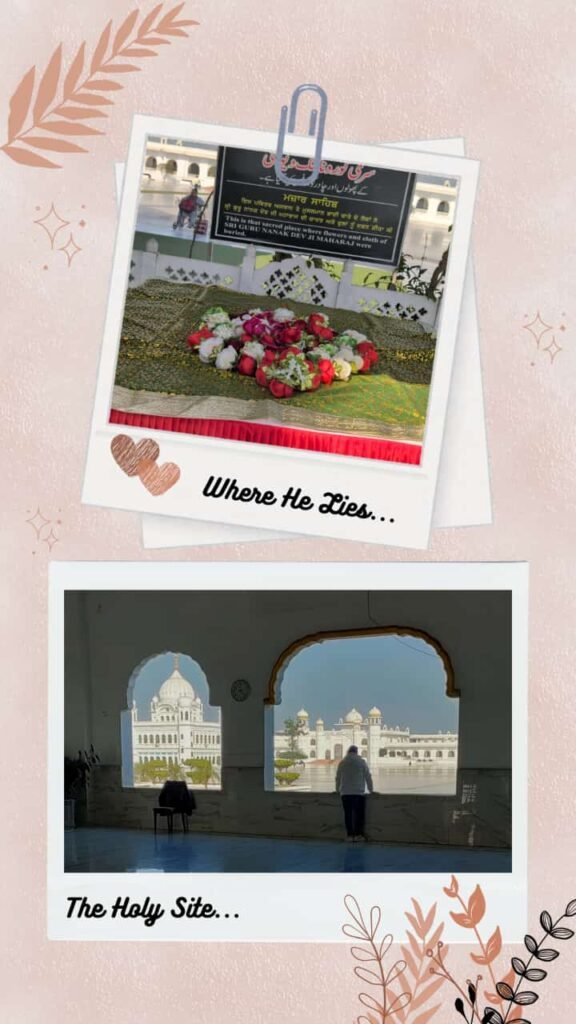
What is the Darshan Point in India?
Dera Baba Nanak, a small town in Punjab’s Gurdaspur district, houses the Gurdwara Sri Dera Baba Nanak, built at the spot where Guru Nanak Dev is believed to have spent time before settling in Kartarpur. However, what makes this town even more special is the Darshan Sthal (Darshan Point)—a vantage point near the border that allowed Indian devotees to catch a glimpse of Gurdwara Darbar Sahib in Kartarpur, Pakistan, before the Kartarpur Corridor was opened.
For decades, this binoculars-assisted viewing point was the only way for Indian Sikhs to see the holy shrine without a visa. Pilgrims would gather here with devotion, peering across the Ravi River, longing for the day they could step foot inside. In 2004, the Indian government even installed special high-powered binoculars to help devotees get a better view. Though the Kartarpur Corridor has now made it possible for many to visit the gurdwara in person, Dera Baba Nanak remains an important stop, both for those beginning their pilgrimage and for those unable to cross the border.
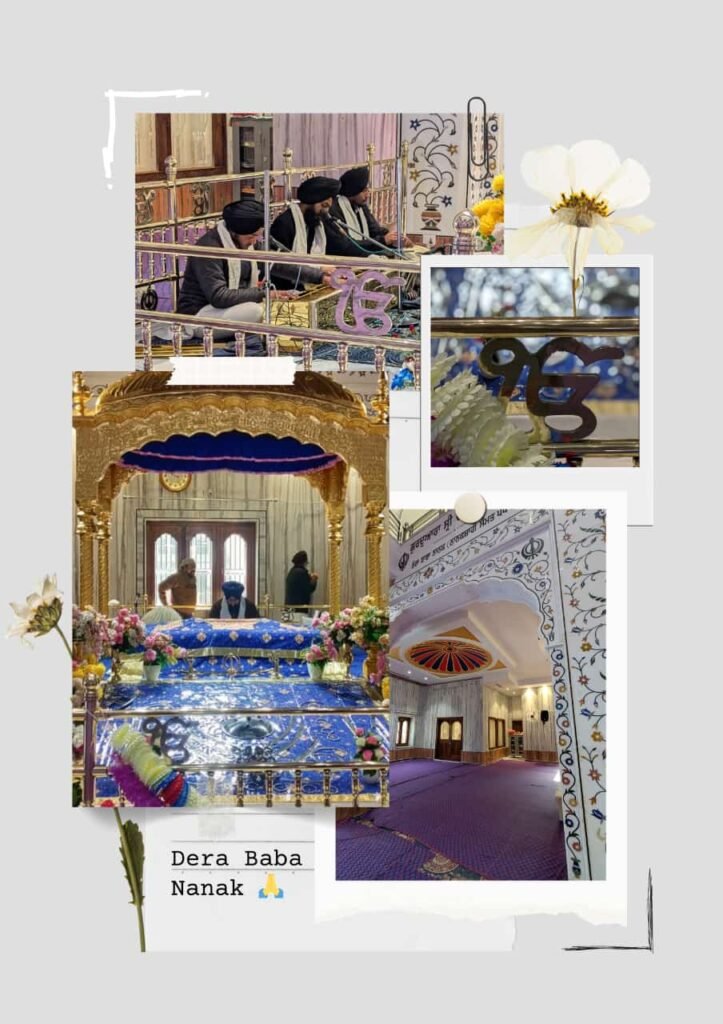
Alright, now that you’ve gotten your Kartarpur 101 lesson, let’s jump into the 4 rules and steps to make this piece of history a part of you.
The Steps to Success…
1. Pre-Work: Getting Your Ducks (or Documents) in a Row
Before you get too excited about your day trip to Pakistan, there are a few things you need to have sorted:
✔ Valid Passport: No, your Aadhar card won’t work. A passport (valid for at least six months) is mandatory, even though you won’t need a visa. If you want to learn how to get a passport for your kid, read this blog of ours!
✔ Plan Your Visit in Advance: Unlike an impromptu road trip, this pilgrimage requires prior online registration at least a fortnight in advance. The system won’t let you waltz in last minute!
✔ No Luggage, Please: A small bag of 7KG is the only luggage allowed, but no “I’m moving in” vibes. It’s a day trip, and you’ll return to India by evening. Read this blog to get some of our tried-and-tested tips of planning a day trip with a child.
✔ Right Attire: It’s a gurdwara, so dress respectfully. Cover your head, opt for conservative clothing, and wear comfortable shoes (you’ll be walking a lot!). A great idea for ladies is to purchase an Amritsari patiala if you really want to soak into culture.
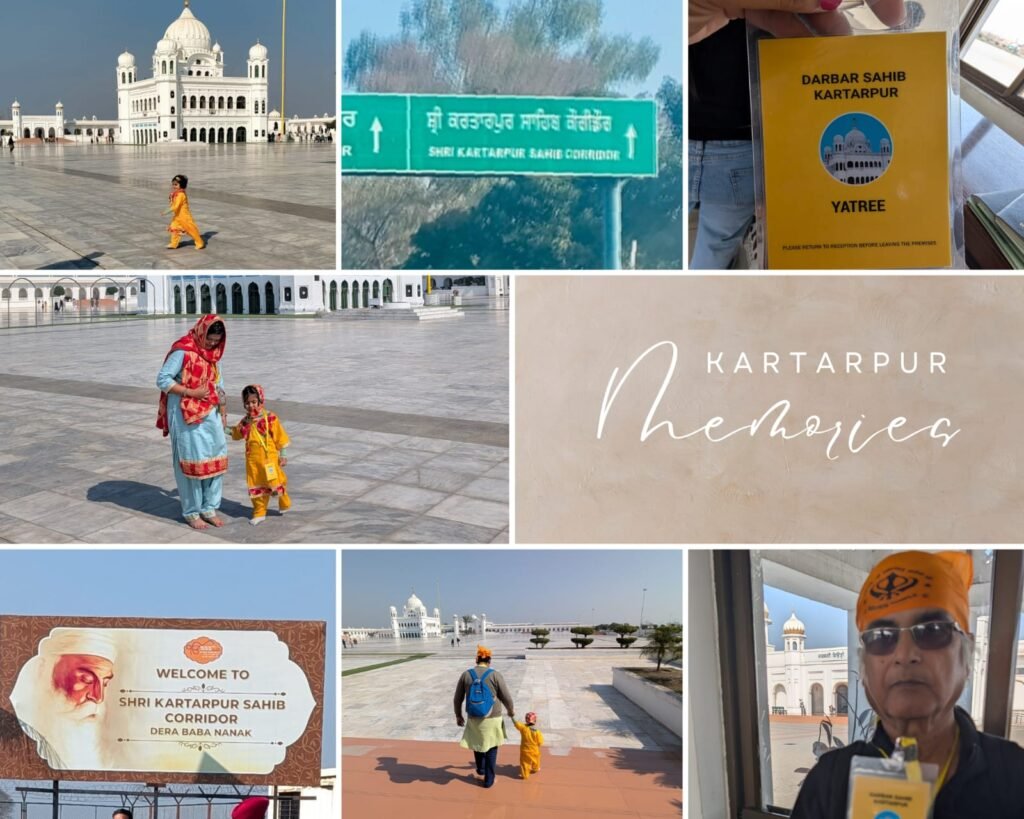
2. Application: The Online Gateway to Kartarpur
The Indian government has made it super easy (for a government website) to apply:
🖥 Step 1: Head over to https://prakashpurb550.mha.gov.in – the official Kartarpur Corridor website.
📝 Step 2: Fill out the online form with details like name, passport info, reason for travel, and your best selfie (well, actually a passport-sized photo). Please be patient because the website occassionally reloads and drops connection, but keep at it and you’ll achieve success!
📅 Step 3: Pick your preferred date of travel. Pro tip: Apply at least 10-15 days in advance to avoid last-minute heart attacks.
📤 Step 4: Submit and wait. P for PATIENCE! The moment you hit submit, you get an auto-generated email when your registration is successful and a unique alphanumerical registration number is asigned to you. However, the final confirmation comes much later, about 2-3 days before your travel date.
It was an unnerving waiting period for us, and required quite a many follow-ups with the Helpline, but patience is truly the key here. We were assured everytime we called, and on the T-3 day, when I called with a shaky voice that the Electronic Travel Authorization (ETA) hasn’t arrived, they did some magic and asked me to check in the website in the Registration/ETA Download tab, and voila – there they were – our golden tickets!

3. Background Checks & Documents: The Red Tape You Can’t Escape
Government agencies do what they do best—thorough checks. Expect your application to go through a background verification process handled by Indian authorities. Here’s what’s being scrutinized:
🕵️♂️ Security Clearance: Authorities check your records to ensure you’re not on any watchlists (hopefully, you aren’t!). There was a police verification for us, where we had to submit almost every document that could be under the sky – from our education certificates, letter of employment, to our marriage certificate! To our surprise, there was a security and background check done by Central Bureau of Administration (CBI) as well! They visited my father (who was a co-traveller) and had about 45 mins of an interview process asking our reason for travel, profession, and other intricate details. Though the experience can sound nerve-wracking, the authorities are approachable, helpful, and try their best to make the memory of the interview smooth and peaceful!
🛂 Passport Verification: Your details are matched with your passport records to ensure accuracy. While there is no such written rule, but in our experience, having some strong stamped visas – like the US, UK, Schengen, and so on, does expedite and help in the process. The only reason being these visas are permitted after vigorous background checks, hence the application becomes more plausible for the authorities at Government of India.
📄 Final Confirmation: If all is good, you’ll receive the ETA via email (or in our case, downloaded from the website) a few days before your travel date. Print this out—it’s your golden ticket!
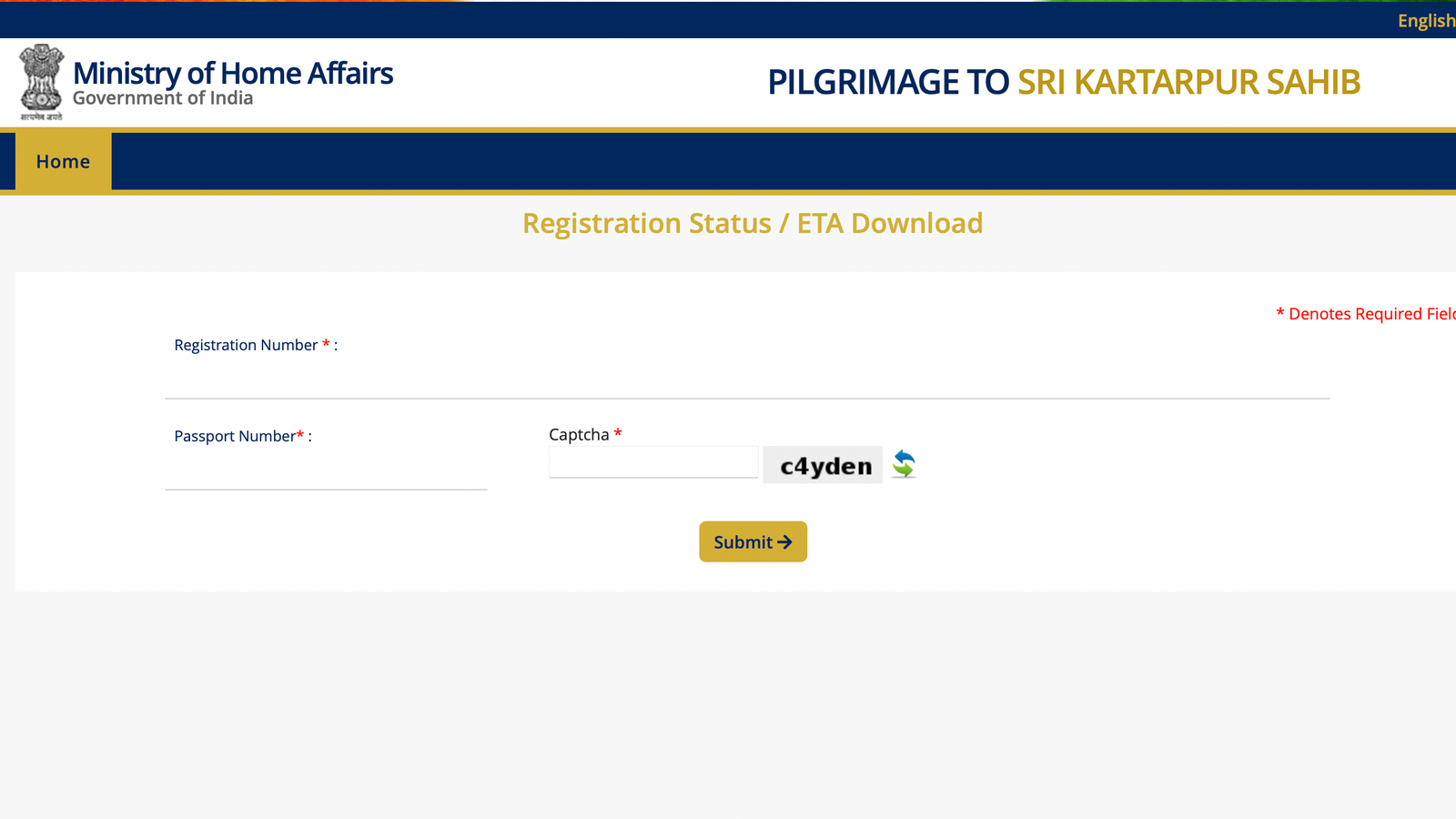
4. After You Receive ETA: The Final Countdown
🎟 Print Your ETA: Don’t just keep it on your phone—paper copies save lives (or at least your pilgrimage plans). It’s needed on paper because there is stamping involved.
🛃 Head to Dera Baba Nanak Checkpost: Arrive at the Integrated Check Post (ICP) in Dera Baba Nanak, Punjab, early in the morning. The site opens to tourists and pilgrims from 8 AM, and since one has to return to India by 4 PM, it’s always good to be an early bird here.
💉Get Your Vaccines: You’ll require a Negative RT-PCR certificate at least 24 hours prior to your visit. While you’re free to get this from your home location, our recommendation is to get it done from the government hospital in Dera Baba Nanak, like us. Additionally, once at the ICP, you’re additionally mandated to get a Polio vaccine as well, which is administered by the authorities and no prep work is required on your part.
📋 Immigration & Customs in India: Indian officials will check your passport and ETA. Your passport will not be stamped; instead, an entry stamp will be placed on your ETA paper, which will be taken back upon your return. This ensures no official record in your passport, though both governments maintain digital/written records.
🚨 Important Restrictions: Indian immigration officers will restrict you to carry any currency other than INR or USD, and remind you that bringing back certain Pakistani souvenirs, including Pakistani currency, is strictly prohibited. Violating this can lead to detention, blacklisting of your passport, or even imprisonment under Indian customs law. You are also not allowed to bring back fruits, seeds, plants, or even soil from the gurdwara premises. You can however, bring back souvenirs like Pakistani apparels, showpieces, and other knick-knacks. We got magnets and some showpieces made from Onyx. Pakistan is one of the world’s best producers of Onyx, so getting a piece of that was a mandate! Edible souvenirs that are allowed include dry fruits – only cashews, almonds, and walnuts, and Sohan Halwa and Karachi Halwa – which are traditional Pakistani dessert items – we got 4 boxes!
🚶 The Walk or Shuttle Ride: Once cleared, you’ll either walk across the corridor or hop on a shuttle (less than 5 km) to enter Pakistan. There are 3 conveyance changes, all free of charge:
- A Golf Cart Ride from the Immigration Site in India to the Land Border guarded by the Border Security Force (BSF). Further checks are done here on your ETA, and then you’re given a green signal to WALK and CROSS the border. It’s an exhilitaring and unforgettable experience to walk across the 10-inch white border that divided the nation that was once one. We will write a more detailed blog on the whole experience, so stay tuned.
- A Shuttle Bus Ride to the Immigration Site in Pakistan, where currency exchange and immigration formalities take place. More details on that shared below.
- A Shuttle Bus Ride to the Gurudwara, where you deboard to walk into the piece of history!
🛃 Immigration & Entry Fee in Pakistan: On the Pakistani side, you will need to pay a $20 per person non-refundable fee, applicable to everyone, including infants and children under 5 years. Accepted currencies include USD, PKR, and INR. However, you can exchange USD for PKR for any shopping or donations within the gurdwara premises. Here, you will be given a Green Receipt (literally green in color) which will be stamped by the Immigration authorities of Pakistan during entry and exit.
🙏 Welcome to Gurdwara Darbar Sahib! After another round of checks on the Pakistani side, you’re finally there. Take in the spiritual vibes, pay your respects, and soak in the historical beauty.
⏳ Return on Time: The corridor operates from 8 AM to 5 PM, and all pilgrims must return the same day, preferably by 4 PM. The last bus from the Gurudwara leaves at 4 PM. No overnight stays, so don’t get too comfortable!
📜 Final Step – Receipt from National Bank of Pakistan: Instead of a stamp in your passport, Pakistani authorities issue a receipt from the National Bank of Pakistan as proof of your entry fee payment. Like the Indian ETA paper, this receipt will be taken back when you exit.
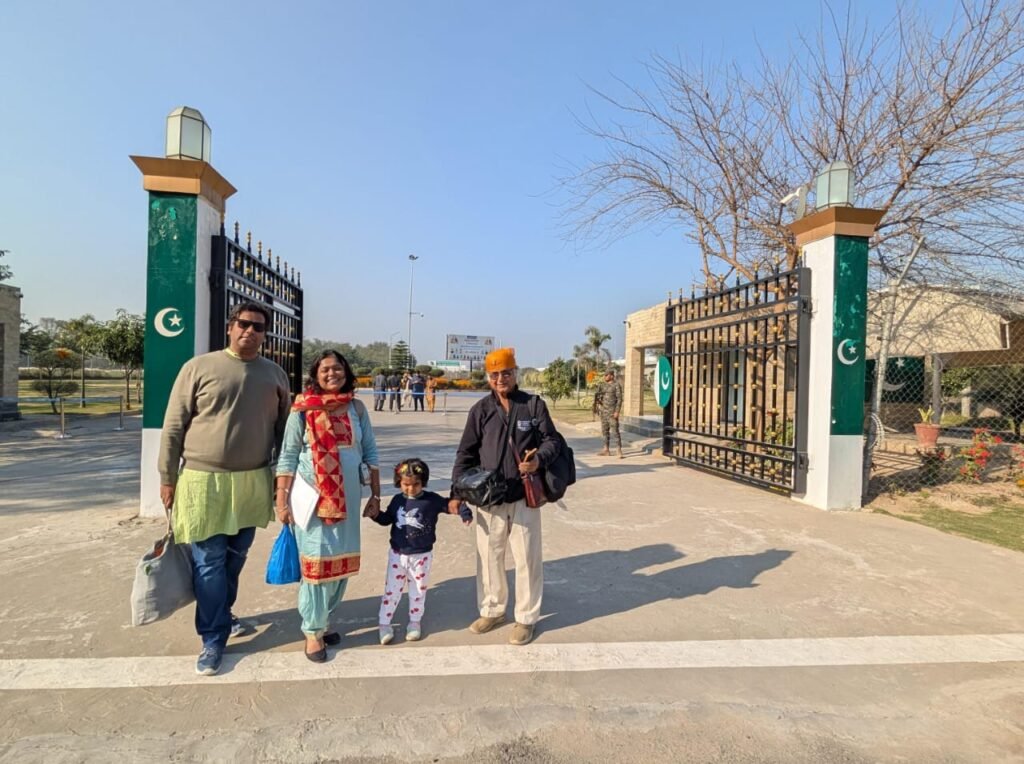
Final Thoughts
The Kartarpur Corridor is more than just a border crossing—it’s a bridge of faith and history. By following these steps, you can ensure a smooth, hassle-free journey to this sacred place.
So, passport in hand, head covered, and spirit high—get ready for a pilgrimage you’ll never forget!
Waheguru Ji Ka Khalsa, Waheguru Ji Ki Fateh!


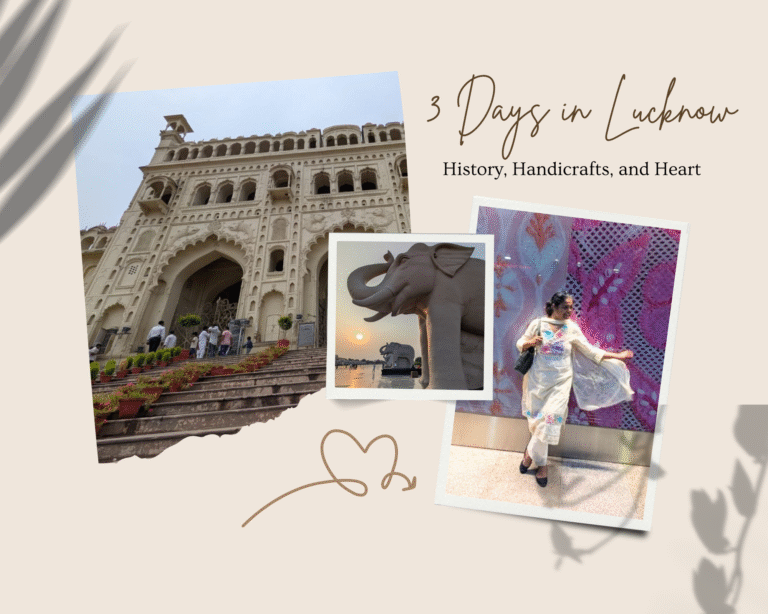
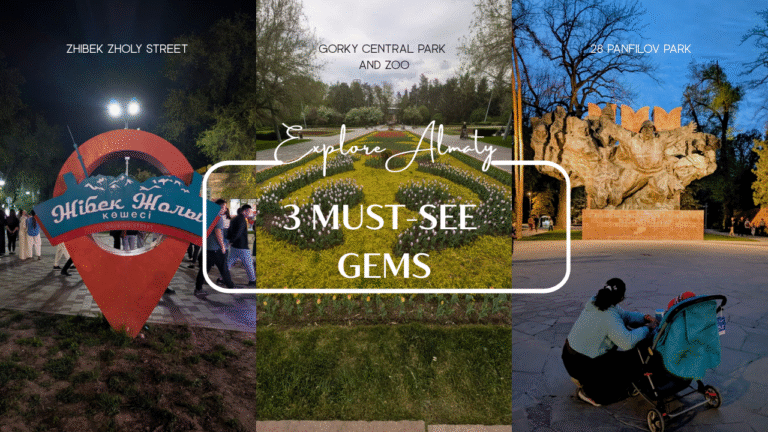


One Response